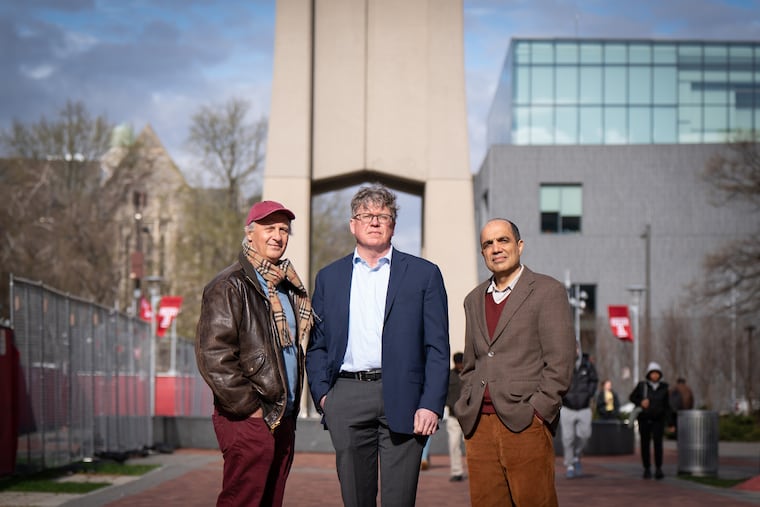Some Temple faculty are questioning the university’s leaders as they prepare to hire a new president. Here’s what they’re saying.
They cite an enrollment drop, decline in selectivity, and cuts in faculty.

They cite an enrollment drop, decline in selectivity, and cuts in faculty.
